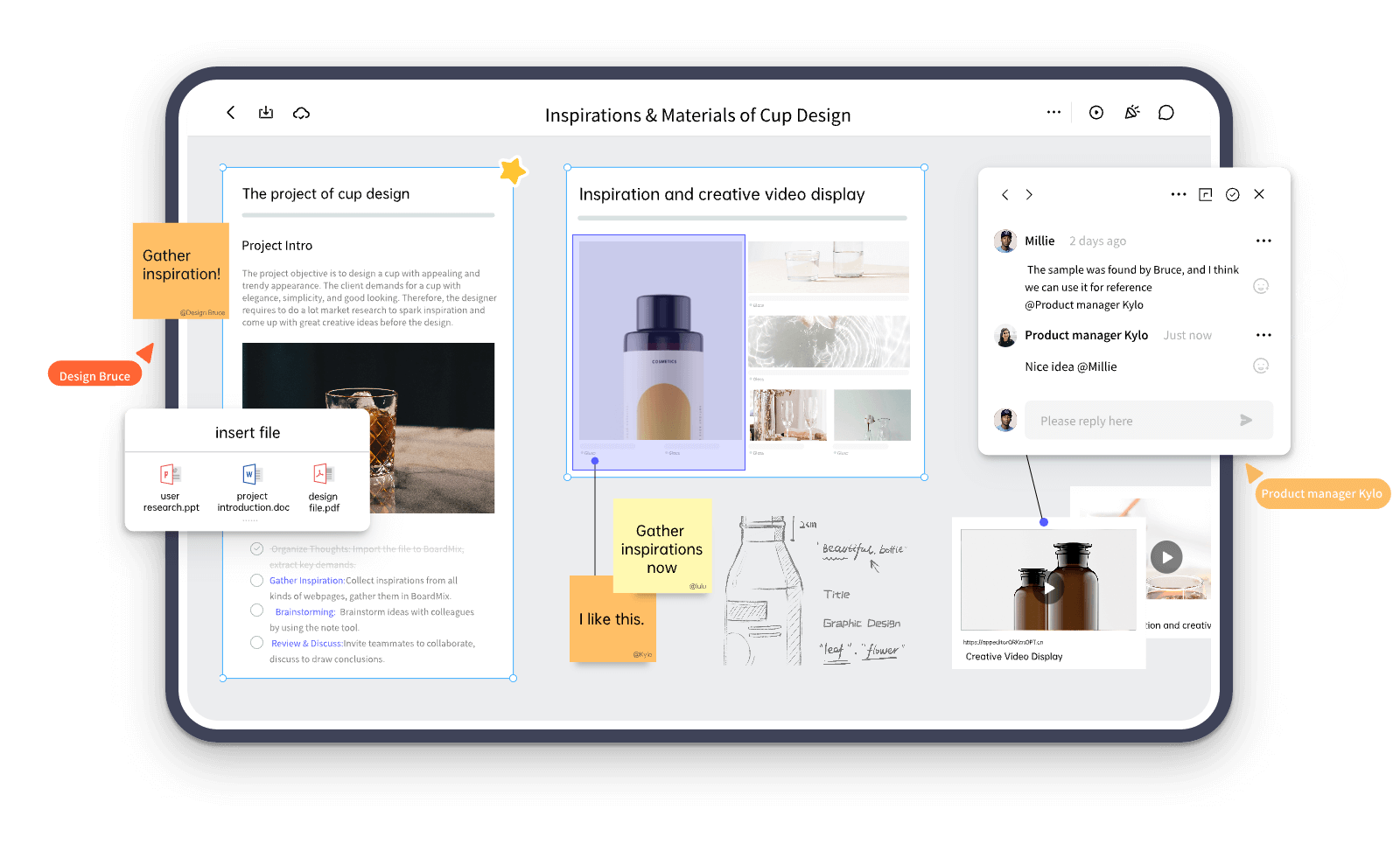Marketing is probably one of the most dynamic industries today. For this reason, marketing teams need to be able to grasp market trends and stay ahead of their competition. Agile marketing has proven to be a useful tool since it allows teams to quickly release and test their strategies. This helps them to evaluate the results and make quick adjustments that will improve them in the future.
In this article, you are going to discover everything you need to know about agile digital marketing and discover the tool to develop your agile marketing strategy.

What Is the Agile Marketing
Agile marketing is an approach that is quickly gaining popularity among marketing teams. As its name suggests, it takes advantage of the agile principles that were defined in software development management. When it comes to agile digital marketing, the approach is fast-paced. In reality, teams are self-organized, show exceptional creativity, and work in short cycles. The key terms in agile marketing are experimentation and feedback.

Agile digital marketing uses the main frameworks that are widely used in agile methodologies. The main ones are Scrum, Kanban, and Scrumban.
#1 Scrum

Figure 1. Scrum Ceremonies. Source: Agile Marketing
Scrum is one of the most popular frameworks in the agile methodology, so it’s no wonder that it plays such an important role in agile digital marketing. As seen in Figure 1, it consists of four distinct steps or ceremonies, which are sprint planning, daily scrum or standup, sprint review, and sprint retrospective.
In more detail, in agile marketing, team members pull tasks from the backlog that they divide into sprints. Then, every team member knows what they need to do to complete each task. The daily standup is a short meeting where the member can discuss their progress and their findings. When the sprint is completed, it is time for the sprint review, where the scrum master can evaluate its overall success. This process leads to the sprint retrospective, where all team members can express what they learn from the sprint.
#2 Kanban
Kanban is another framework that is used in agile digital marketing. In this framework, you don’t need to create sprints. Instead, you are creating a board where you divide the tasks into different columns. The most basic form of a Kanban board would be one with three columns, to-do, in progress, and done. However, an agile marketing team might need to adjust it by adding some additional columns.
If you are following this framework, you and your agile digital marketing team work on the task placed under the in-progress column. Once they are completed, you move them to your done column and add new ones from the to-do column. An important element in Kanban is to set a limit to your in-progress tasks. In addition to this, you also need to organize daily standups and retrospectives.
#3 Scrumban
Scrumban is a hybrid agile methodology that is also being used in agile marketing. As its name suggests, it is a combination of scrum and Kanban. This practice gives you more flexibility as it customizes the process to your specific needs. However, you need to already be familiar with the best practices of agile digital marketing to take full advantage of it.
Pros and Cons of Agile Marketing
After learning what agile marketing is, it is time to discover its advantages and disadvantages.
Agile Marketing Principles
The marketing world is a very competitive one. Therefore, agile digital marketing teams need to adjust their culture to cope with this ever-changing environment. The agile marketing principles can really help in this process.

The ten agile marketing principles are the following:
- The team needs to cultivate quality interactions with the customers so that the process is transparent and their goals are aligned.
- The marketing teams need to always be on the lookout for different points of view.
- Teams must welcome the changes so that they add value to their customers.
- Scheduling is important. However, there should always remain some flexibility so that tasks can be prioritized if need be.
- Teams can learn important lessons from their failures, and so, they shouldn’t be afraid to try new things.
- Small and cross-functional teams work the best in agile digital marketing.
- If team members are motivated, the tasks will be completed no matter what.
- What is important to succeed in the long run is to maintain a sustainable pace, not too quickly and not too slowly.
- Even if agile marketing seems to work, teams should always keep in mind the marketing fundamentals, which remain the same.
- There is no need to overcomplicate any task or process.
How to Better Utilize Agile Marketing with Boardmix (Step-by-step guide included)
When it comes to agile digital marketing, Boardmix is an essential tool. It is perfect for agile teams that need to be constantly exchanging ideas and feedback. Equipped with real-time collaboration features, as well as audio and video calling functions, it makes daily standup an easy process.

Here are the steps to utilize agile marketing techniques:
Step 1 – Set specific goals
Every strategy that you try should have specified and measurable goals. This is the only way to ultimately evaluate its success. To do that, host a video conference through Boardmix and ask your team members to propose the metrics that you need to keep track of.
Step 2 – Determine your pace and create your scrum board
The next thing that you must decide upon is the sprint cycle. When you have found the right timeframe, you are ready to create your scrum board. Boardmix gives you a variety of tools to customize your board according to your needs.
Step 3 – Run the sprint
Then, every team member will perform the tasks assigned to them. Some tasks might require collaboration between them, a thing that can be achieved through various boards in Boardmix. At the same time, daily standups will give you an idea of the progress.
Step 4 – Review the results
When the sprint is over, you will be able to compare the results with the predetermined goals. Moreover, the data will show you market trends that you might not have noted before.
Step 5 – Organize a sprint retrospective
In the next step, it is time to pause and think about how the sprint played out. All the team members can highlight the difficulties they encountered, as well as the ideas that seemed to work the best.
Step 6 – Make adjustments and run a new cycle
The data and the ideas from the previous two steps are your guiding light for the new sprint. Make the appropriate adjustments and begin the cycle once more.
The Bottom Line
Agile digital marketing is a new approach that fits today’s constantly changing environment. With Boardmix, you can now start exploring this methodology to find out whether it works for your team. Sign up for the platform to gain access to numerous collaborative features that will make your work easier than ever before.









